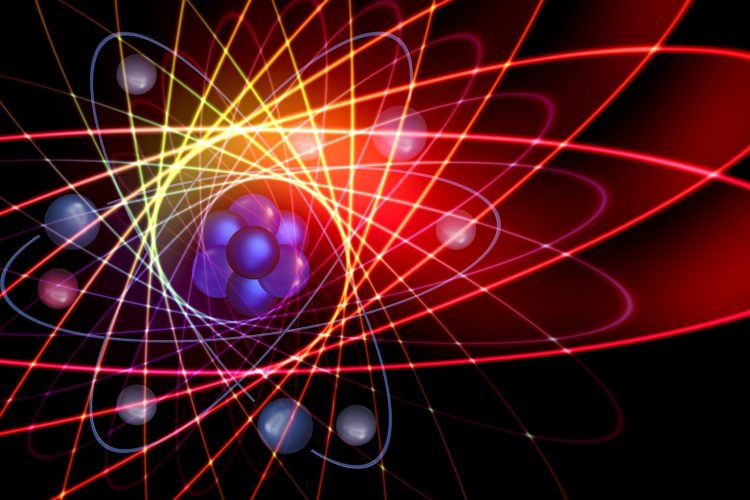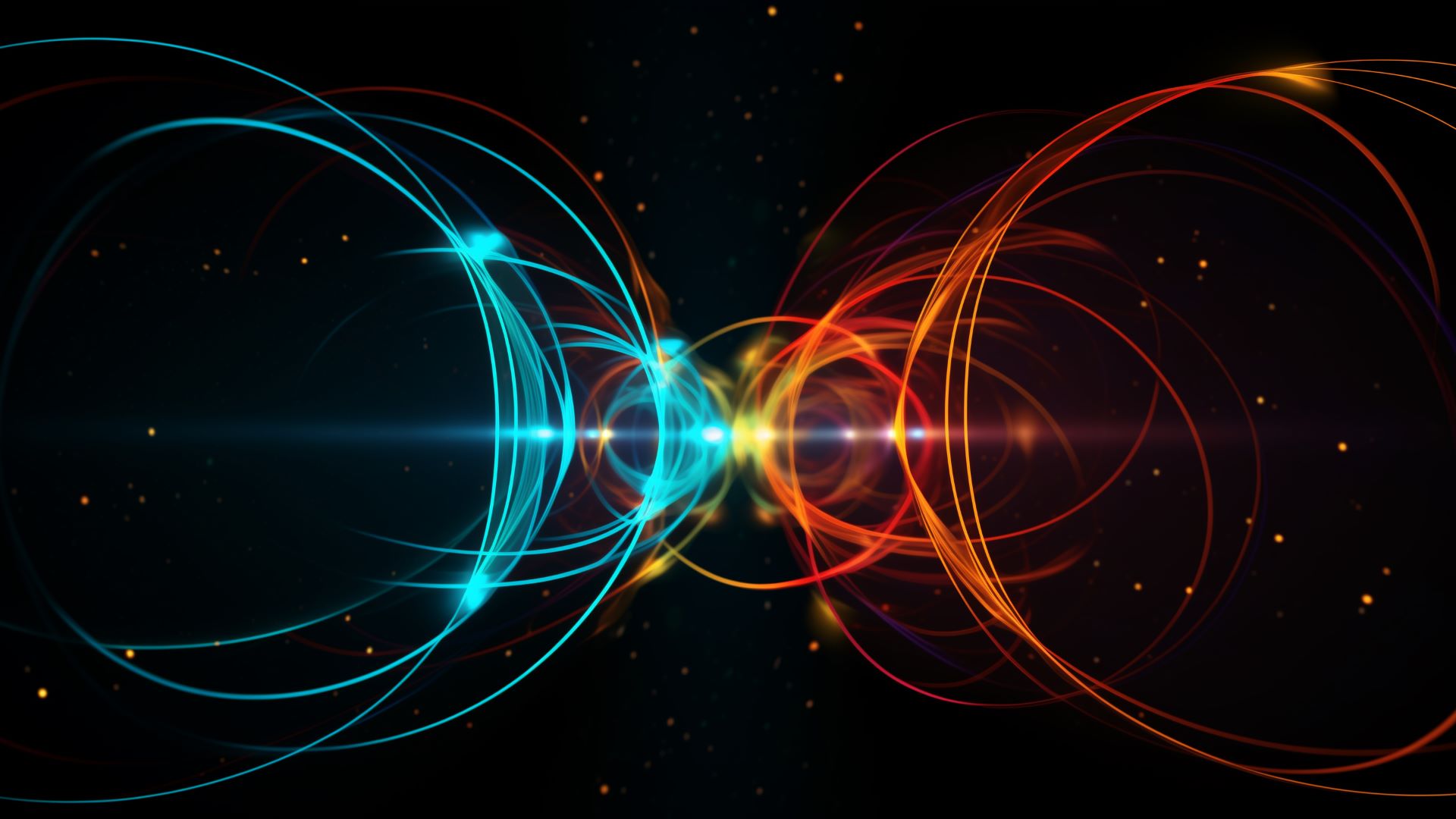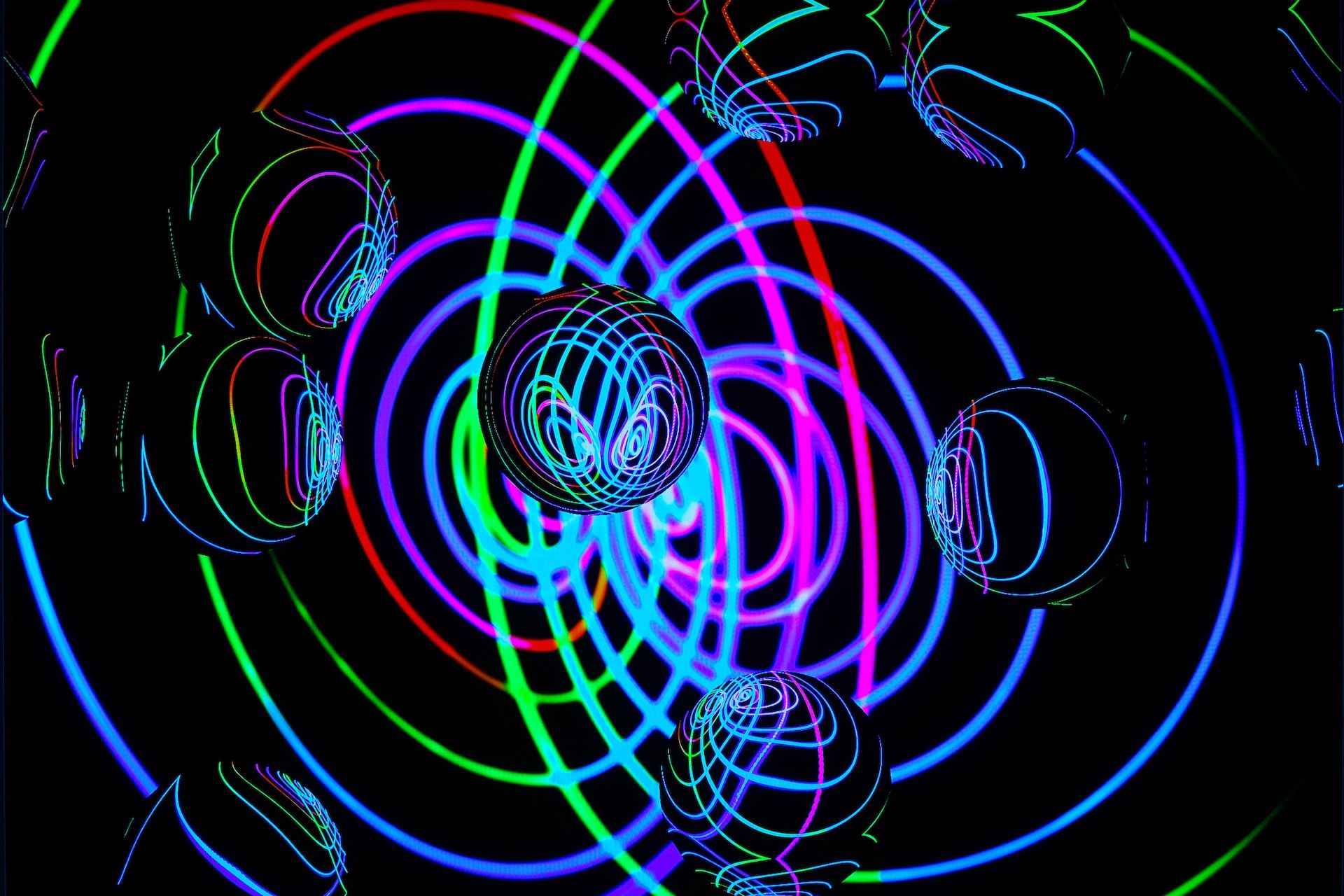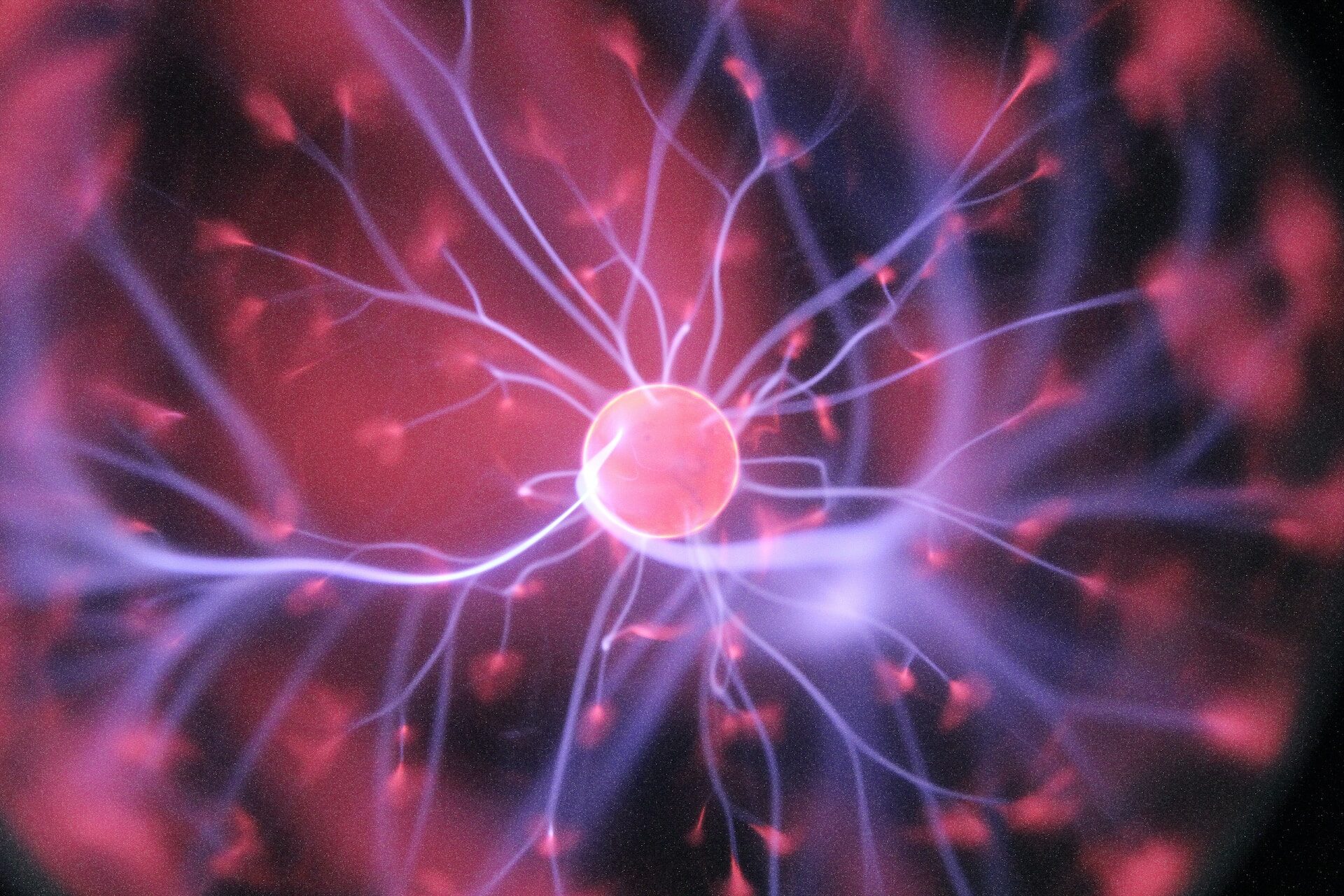
Subatomic Particles: What Are They?
January 17, 2020 - Emily Newton
Revolutionized is reader-supported. When you buy through links on our site, we may earn an affiliate commision. Learn more here.
There’s an old joke — “Don’t trust atoms. They make up everything.”
Pause for a laugh.
While it’s true that atoms are the building blocks for everything from your body to the smartphone or computer screen you’re reading this on, did you know there are things in the universe even smaller than atoms? These subatomic particles play a unique role that we’re just starting to understand. Let’s take a closer look at what these particles are, what they do and what we’re still learning about them.
What Are Subatomic Particles?
Before exploring specific examples, let’s define what they are. The definition of subatomic particles: “Any of various particles of matter that are smaller than a hydrogen atom.” When these particles were first discovered, there were five. Three of them — protons, neutrons, and electrons, the particles that make up an atom — we’ve already talked about. The other two original particles, neutrinos and positrons, we’ll get to in a minute.
Today, so many of these particles have been discovered that some physicists have dubbed it a particle zoo. Let’s take a closer look at these particles, which are so small that you may never see them in your lifetime.
Photons Light up Your Life
We’re going to start with photons. These subatomic particles are a type of elementary bosun particle. Elementary, in this case, means that they aren’t made up of anything smaller that we know of. This subatomic particle is probably one you’re familiar with. You see photons every time you open your eyes, turn on a light or step out into the sun. Photons are light — and we don’t mean they don’t weigh a lot. Light rays consist of moving photons.
In a vacuum, these particles can move at the speed of light — one of the few things that can — and have no mass. Nothing travels faster than photons, and even being sucked into the event horizon of a black hole can’t accelerate photons faster than the speed of light, or 299,792,458 meters per second. That is the speed limit of the universe.
Neutrinos Pass Through Everything
Neutrinos are unique particles that have almost no mass. They look similar to electrons, but they have no charge, so they don’t respond to an electromagnetic pull like electrons would. We’ve detected three types of neutrinos to date: electron neutrinos, muon neutrinos, and tau neutrinos.
Since they have almost no mass and can pass through nearly everything, neutrinos are very difficult to detect. We know the sun’s fusion reactions produce them. Plus, we know they occur when a star goes supernova, but beyond that, we don’t know a whole lot about them. We briefly thought that neutrinos were capable of traveling faster than the speed of light, but that discovery was, unfortunately, caused by faulty monitoring equipment within the Large Hadron Collider. However, one thing that these elusive little particles can do is shapeshift! Physicists shot a beam of muon neutrinos from CERN in Geneva, Switzerland and by the time they reached the Gran Sasso lab in Italy, they had shifted into tau neutrinos.
Positrons Are Anti-Electrons
Electrons, as we know, have a negative charge, which draws them to the positively charged protons in the nucleus of an atom. Positrons are the first anti-particle we’re going to talk about. They’re the opposite of electrons, have the same mass and carry a positive charge. You’ll sometimes see them called positive electrons or antielectrons.
Carl David Anderson discovered the first antiparticle, a positron, in 1932. They’re challenging to study because they react explosively with electrons. Even producing them in a vacuum provides them with electrons they can react with.
Quarks Come in Flavors
Quarks are fun. They come in six different flavors — even physicists refer to these different types of subatomic particles as flavors. You can find up, down, top, bottom, strange and charmed quarks in the universe. Each of these six quarks comes in three colors — red, blue and green, depending on their quantum state.
The protons and neutrons in every atom on the periodic table are all made up of quarks. As far as we know, there’s nothing smaller than quarks. Of course, there is so much we don’t know about particle physics that we could write a library of books about the subject – if we knew where to start writing, that is.
Pions Are Hiding
Pions are challenging to detect because they’re made up of one quark and one antiquark. The problem with this makeup occurs when particles and antiparticles come into contact with one another. When this happens, they tend to explode if the quarks are of the same flavor. You can have a pion consisting of one up quark and one down antiquark, for example.
These particles are known as force carriers. They transmit forces between nucleons, but will eventually break down into leptons such as electrons. What they decay into depends on their charge:
- Positive pions: made up of one up quark and one down antiquark
- Negative pions: made up of one down quark and one up antiquark
- Neutral pions: made up of one up quark and one up antiquark
Gluons Hold Everything Together
If you need to stick two things together, you get a bottle of glue. Elmer’s glue is a little bit too big for tiny particles though, which is where gluons come in. Scientists believe these particles, classified as bosun particles, hold quarks together. Where quarks have six flavors and three colors, gluons come in eight different colors. Their color depends on the quantum state of the quarks they’re holding together.
Gluons also have the potential to interact with one another when in range of a fermi, creating quark-antiquark pairs. This is different than other types of interactions between gluons and other subatomic particles. This has led physicists to theorize that there may be collections of gluons known colloquially as “glueballs.” Gluons also help to make up hadrons. The observed inner state of a hadron is made up of a balanced number of gluons and their associated quark-antiquark pairs.
The Higgs-Bosun Is Elusive
This particle is one of the most exciting discoveries in recent years. The Higgs-Bosun, also known as the God Particle, was theorized back in the 1970s. Physicists realized something must hold weak and electromagnetic forces together, but they couldn’t capture one. It wasn’t until 2013 that scientists working at the CERN Large Hadron Collider finally observed one — or at least, observed a particle with a mass consistent with the Higgs-Bosun theory.
In theory, the Higgs-Bosun gives mass to other particles, but scientists haven’t observed this phenomenon as of the time of this writing. Of course, not everyone is excited at the idea of discovering this elusive particle. Stephen Hawking and many other scientists believe the theory of the Higgs Bosun Doomsday, in which a vacuum bubble created by a quantum fluctuation within a Higgs field could potentially wipe out the universe. Thankfully, even those that prescribe to this theory don’t believe it will happen anytime soon.
Gravitons Are Theoretical
You’ll find that gravitons are fun theoretical particles that are thought to mediate gravitational forces throughout the universe. Gravitons are currently classified as an unobserved particle. Since we know gravity is a fact in the world of physics, there has to be something to represent gravity in quantum physics. That something is the graviton.
We call gravitons theoretical, but they exist in a gray area between known and unknown particles. We know they or something like them should exist, at least as we currently understand the laws of physics. To date, we haven’t observed them either in the universe or in a lab setting.
Tachyons Don’t Exist
You can’t watch a science fiction show without at least one mention of tachyon particles. These theoretical particles supposedly travel faster than light. Science fiction shows often employ them as a deus ex machina to explain away everything from real-time communication from 2,000 light-years away (Babylon 5) to almost every problem in the Star Trek Universe.
While it’s possible that these particles do exist, right now they remain firmly in the realm of science fiction. That being said, there is still so much about particle physics that we don’t understand yet. It is entirely possible we’ll find tachyons or something similar that we give the name to right in our own interstellar backyard. Just like we‘ve only explored 5% of the ocean floor, we as a species have barely scratched the surface of particle physics and the potential it could unlock once we start to understand it.
X17 Is New
According to astrophysicists, dark matter and dark energy make up the majority of the universe. In fact, according to NASA, the universe is 68% dark energy, 27% dark matter and 5% everything else. Yes, you read that right – our home planet and everything we can observe from our little corner of the universe only makes up 5% of the known universe. We know that dark energy and matter exist on a theoretical level, but until now, we lacked the tools to observe it or even prove that it existed.
In 2016, Hungarian physicists started detecting traces of a new particle that they’ve dubbed X17 because of its mass. It was first theorized in 2003 when a physicist showed that if something like it does exist, it could carry dark matter, which we can’t currently observe, the same way photons do for things we can see. While we haven’t confirmed the existence of X17 yet, if it proves to be viable, it could open the door for an entire new branch of dark matter physics.
Bonus: Antimatter!
You can’t talk about particles without mentioning antiparticles, and you can’t discuss those without at least a passing mention of antimatter.
Matter, in our universe, consists of a mixture of protons, electrons and neutrons. Antimatter is the opposite of that. Antimatter includes antiprotons, antineutrons and positrons (the antielectrons previously discussed). If it comes into contact with matter, antimatter releases a massive amount of energy in a destructive explosion. Science fiction loves this quality. Antimatter is a favorite weapon in science fiction. Containing and harnessing these explosions is the basis for the Warp Drive in Star Trek.
It’s possible that there are entire universes made of antimatter. What we see as antimatter would be just matter to other beings. Anything we introduce into that universe would react as violently as antimatter does in this one. This explanation might seem like science fiction, but scientists at CERN have managed to make small amounts of antimatter in laboratory settings. It’s not enough to power a starship yet, but it’s a step in the right direction!
Atoms might make up everything, but subatomic particles are what make up those atoms. What’s your favorite subatomic particle?
This article originally published 2/7/2019 and was updated 1/17/2020 to include additional information and explore X17.
Revolutionized is reader-supported. When you buy through links on our site, we may earn an affiliate commision. Learn more here.
Author
Emily Newton
Emily Newton is a technology and industrial journalist and the Editor in Chief of Revolutionized. She manages the sites publishing schedule, SEO optimization and content strategy. Emily enjoys writing and researching articles about how technology is changing every industry. When she isn't working, Emily enjoys playing video games or curling up with a good book.




